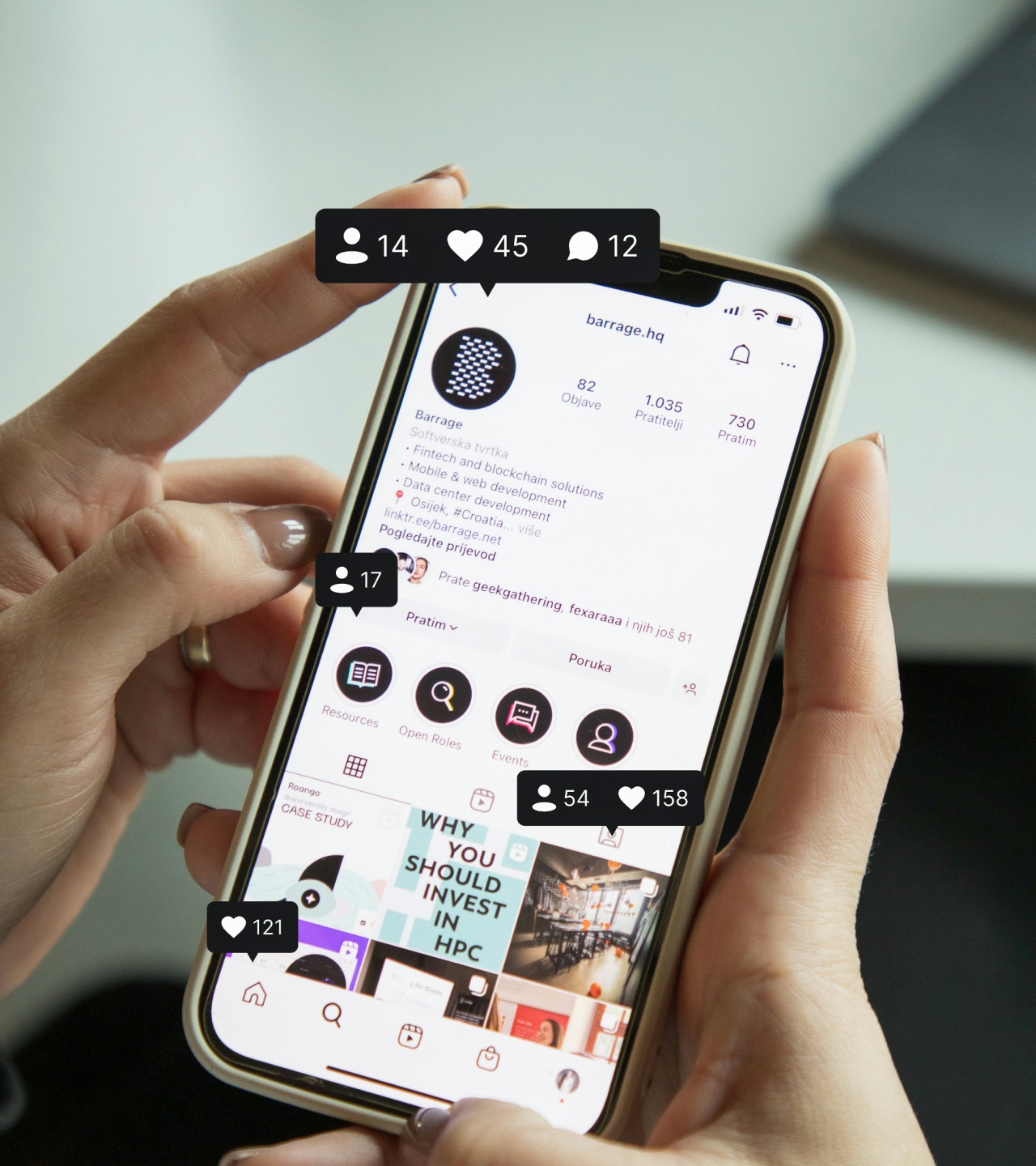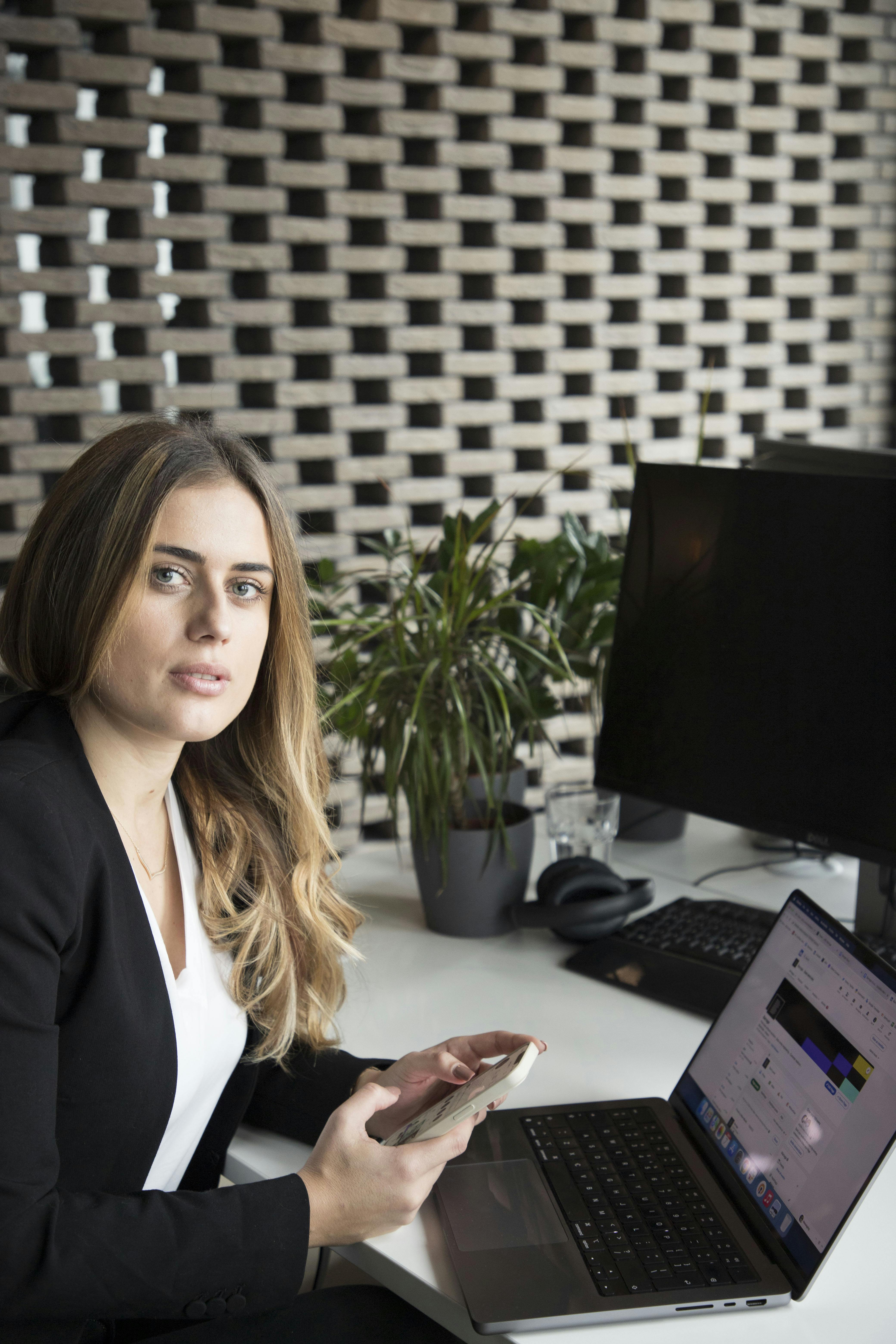
Social media event coverage: how to do it right
What is the formula for a successful organization of content bombing your social media channels during/after the business event?
In my previous blog, I explained how to survive many events in the IT industry. In one of the comments about my post, I received a question about how we maintain our social media networks because of the large number of events and the fact that we cannot attend every conference ourselves.
In the following, I present our social media strategy for events, which I hope will help you plan your social media activities.
Choosing a photographer
During the year, we attend over 40 events that require our presence. Considering that it is impossible to send someone from the marketing team to all of the events, we had to find a way to publish our work on all these events on social media networks. We usually take care of this ourselves, but for some events, we decided to engage an external photographer to manage the photos and video materials. We do this mainly for events that include booths and when we expect a large number of people (conferences such as .debug, Infobip Shift, Digital Labin, etc.).
Our experience tells us that it is best to have one certified photographer who will attend all events for several reasons. Trust, work standards, speed of delivery, working tempo, and the most important thing - the quality of work. It took us some time to find the right person for the job, but we finally found the right one, and we are proud to be working together.
If you are looking for a photographer, here are a few instructions for the right selection:
- Find a few photographers whose work you like
- Call them and arrange to take a few photos
- Choose the one whose work you like the most and strike a business deal with the person
- Put all of your demands for the work in the contract
- Be specific about the ETA and the number of photos or videos you want
After you’ve agreed on everything, you are ready for your future cooperation. It will take some time for you to get to know each other and learn from each other, but if you have defined all the previous steps well, there should be no problem.
Preparation, preparation, and preparation only
We all know that good preparation and organization are half the job. When discussing social media management at Barrage, we mostly plan everything in advance. Given that we also know which events we will be attending during the year, they are immediately included in the plan. In addition, every trip to the event consists of delivering people who are attending instructions for communication, photographing, and dress code.
The conference season starts at the end of March and lasts until October, with over 300 IT conferences on the list, so some overlapping tends to occur. To be prepared for such a scenario, it is necessary to create a plan to attend conferences right at the beginning of the year. After creating it, one must add all the information about the event in one table, which includes links to social networks, hashtags they use, and so on. In the future, this will significantly facilitate the work of social media managers when sharing event-related content.
Likewise, it is necessary to decide which events to promote even before going to the conference - for example, where the guest lecture is held, where one might expect to meet many potential employees or clients, etc.
After getting well prepared, we at Barrage don't have to do much more - until the event officially starts.
Everything starts with the Slack channel
A week before the event, I always create a Slack channel with information related only to the event itself. Then, I add people visiting a conference, fair, or lecture, for example, a social media manager and a designer in charge of the social media in question.
Along with instructions about the event (where and when it takes place), I also attach photo-taking guidelines and give them photo ideas. Given that either developers or executives attend most of the occasions, this part is essential.
No matter how many times someone goes to the event, they get clear instructions.
The group is active during the specific event, and after it ends, we archive the channel.
The benefits of this approach are numerous, and here are just a few:
- Faster and easier communication between all members
- In -advance-knowledge about what happens at an event
- Visible-to-all photos and videos that have been acquired
- Feedback we can use for the post
- Our Fast reaction to any error that happens on our behalf.
The event has started; what now?
It’s best and easiest to send a person with good knowledge about social networks to the event. By that, we mean that this person must know how to distinguish a good photo from a bad one, understand how to make a good story or video, and be able to react fast. Furthermore, given that the social media manager cannot always attend every event, the person chosen instead of them must deliver all content necessary in real-time so that the announcements on social media follow the event.
The task of the social media manager is to recognize good photos, stories, and videos and publish them during the event. As additional support, we always have a designer who can resolve minor “mistakes” (moving unwanted objects from photos, adjusting contrast, etc.) Given that we love and care to convey a message through as “realistic” photos as possible, we then minimize the tasks for the designer.
In addition to uploading a photo from the conference, the social media manager should tag the event in question and put the location and the “#” used to let potential clients or employees know that we, who are representing our company, are present at a specific place. This is how we can attract people to meet us. For example, Twitter is an excellent social media platform for posting and sharing news while you are at a conference because the interest group reacts the fastest.
In Croatia, Twitter is not so popular with people, and it is rarely used. So, we are more focused on sharing stories on Instagram in real-time and posting on Linkedin and Facebook for local events.
What to post?
After planning everything, attending the event, and obtaining good-looking photos and videos, we were ready to start communicating, and this is very important because we didn't want to sound boring or tiring, and at the same time, we wanted to say some things that matter. Here, you can make a mistake but also gain sympathy.
Communication at the event has to be relaxed, casual, and filled with positive vibes. It does not mean that you have to exaggerate your expression and be strenuous. It is necessary to mention a few things that impressed you - for example, the organization, the atmosphere, the number of lectures, and the people you met. If you feel disappointed, you should not publish anything. Next time you will not even attend that event, and that's just fine.
Every event (photo) post should contain tags of the persons or organization in question, and of course, you should add the location.
Also, you can insert a question to your copy, or you can invite people to a meeting - e.g., “If you are at the XX conference, find us at booth number 55” or “If you are here, can you suggest us a lecture which we should listen?”
In this way, you can start a discussion in the comments and thus increase the post's reach.
The action of your employees sharing content on their private profiles and tagging the company also makes a difference.
Sometimes such content is more exciting and realistic than the one created by the company. Also, in this way, the reach of the publication is expanded. It is highly appreciated when you have people with many followers who will do additional promotions for the company with their posts.

After event
Some events deserve an after-post. In general, we do it during the largest of conferences, from which we have a lot of beautiful and positive impressions, as well as photos. In posts like that, you should always thank the organizers for the great event and share many photos, impressions, and preferably after-conference videos.
We then publish the post, and we also monitor the organizers' social networks. They generally publish a large number of photos and videos from the conference.
Ask them to tag you in as many photos as possible, but also thank them for everything in the comments.
And finally, if you own a recorded lecture from the conference, be sure to share it on your social networks.
Conclusion
As I've mentioned before, I will say it again: good preparation is half the battle. Before each event, we must take specific steps to make our work easier later. Everyone who goes to the event must know that attending the event involves certain activities that they must do, one part of which is preparing material for social networks and sending feedback from the conference. You must be aware of this because it became clear a long time ago that “what is not on social networks - did not even happen”.
Social networks made it easier for us to promote our content and allow us to communicate with the audience in real-time, which offers us countless possibilities. Therefore, more and more people hear about our company and get to know us through their screens. The best thing about it is that we create our image and can do great things.
You need to remember that everything that goes live has to have a meaning and a purpose. In addition, sometimes posting less frequently and posting quality content might be better than being boring and posting more boring content.
Quality is always better than quantity, and good work and effort are always rewarded, whether expressed in numbers or by word of mouth as praise!
Hey, you! What do you think?
They say knowledge has power only if you pass it on - we hope our blog post gave you valuable insight.
If you want to share your opinion or learn more about event-content sharing, feel free to contact us.
We'd love to hear what you have to say!